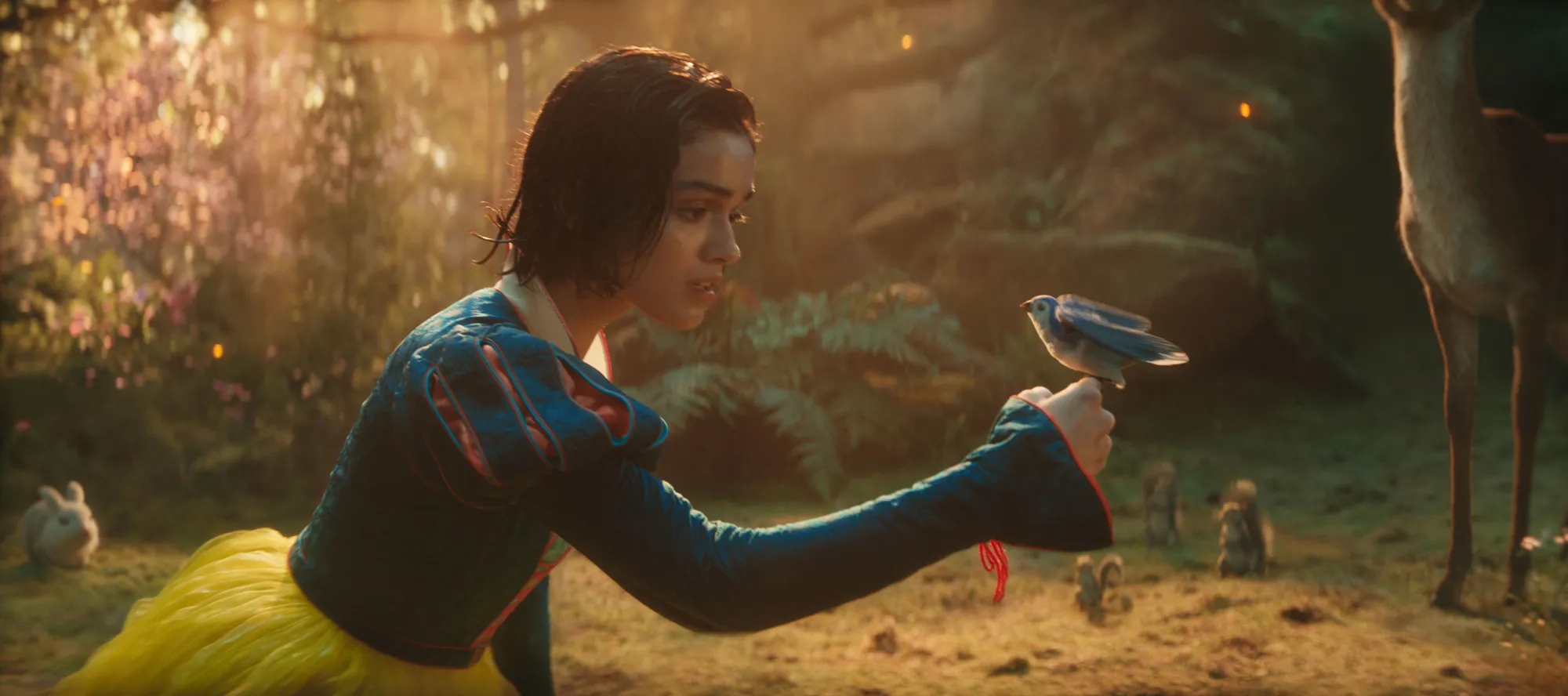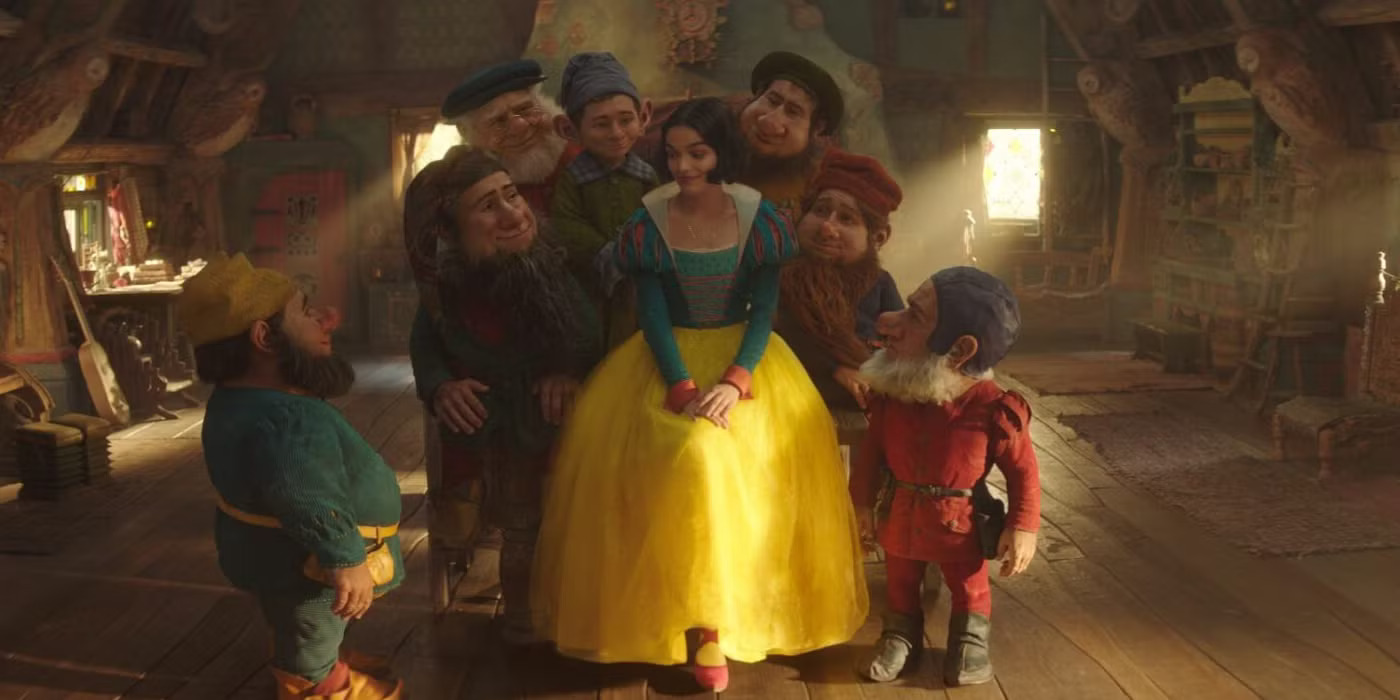The live-action adaptation of Disney’s Snow White introduces a fresh perspective while staying true to the essence of the original animated classic. While the film retains the core elements of the 1937 version, it expands on certain aspects, particularly in the third act and the resolution.
These changes grant Snow White more agency, alter the Evil Queen’s fate, and set up new possibilities within the story’s magical world. The ending, in particular, redefines Snow White’s role, making her a leader rather than just a passive princess.
One of the biggest deviations from the original film is Snow White’s official rise as the Queen of her kingdom. While she still suffers from the Evil Queen’s poisoned apple trick, she is revived by true love’s kiss from Jonathan. However, instead of simply leaving with her prince, she takes on a leadership role and reclaims her rightful place in the kingdom. This expanded finale showcases her evolution from a sheltered princess into a capable and compassionate ruler, making her arc more empowering for modern audiences.
Unlike the original movie, where the Evil Queen falls to her death while fleeing the dwarfs, the new Snow White film crafts a more mystical and eerie ending for her. In a climactic confrontation, Snow White stands up to the Queen, who, in a moment of rage, shatters the magic mirror.
This act backfires, as the Queen is reduced to ash and seemingly absorbed into the mysterious world inside the mirror. This enigmatic conclusion hints at deeper magical elements within the Snow White universe and leaves room for interpretation about the Queen’s ultimate fate.

Snow White’s Strength and Fairness Redefine a Classic Tale for Today
One of the most notable changes in the live-action adaptation is Snow White’s increased agency in the final act. Unlike the animated version, where she plays a passive role after falling under the Queen’s spell, this version gives her the opportunity to stand up to her enemy directly.
Her confrontation with the Queen in front of her kingdom reinforces the film’s central theme: Snow White is not just defined by her beauty but by her fairness and courage as a leader. This change aligns with modern storytelling trends, offering a more proactive heroine.
The phrase “fairest in the land” takes on a new meaning in this adaptation. While in the original, it solely refers to physical beauty, the remake expands its definition to include inner qualities such as kindness, fairness, and leadership. Snow White’s parents instilled in her the value of being a just and compassionate ruler, and her ability to unite the people proves that she embodies true fairness. This reinterpretation adds depth to the story, making Snow White’s conflict with the Queen more meaningful.
The dwarfs play a slightly different role in the live-action version, supporting Snow White in her journey rather than being the primary heroes of the climax. They move away from their isolated existence in the woods and reintegrate into the kingdom, thanks to Snow’s influence.
Dopey, in particular, has a significant moment where he speaks for the first time, symbolizing the growth and transformation that Snow White’s leadership has inspired. His role as the story’s narrator adds another layer to the film’s message about community and acceptance.

Expanding Snow White’s Legacy with Sequel Possibilities and Thematic Depth
While Snow White ends in a conclusive and satisfying manner, it subtly leaves room for further exploration. The presence of a mysterious magical realm behind the Queen’s mirror could be expanded upon, possibly hinting at future challenges for Snow White as a ruler. Additionally, a rival kingdom to the south, mentioned earlier in the film, could serve as a potential plot point in a sequel. However, the story is wrapped up in a way that does not necessarily require a continuation.
At its core, the new Snow White emphasizes the importance of empathy and fairness as the most valuable traits of a ruler. Snow White’s journey is not just about overcoming the Queen’s jealousy but about proving her worth as a leader. Her kindness and ability to inspire change in those around her contrast sharply with the Queen’s vanity and cruelty. This message makes the film’s conclusion not only triumphant but also thematically rich, reinforcing the idea that true leadership comes from compassion rather than power.
The live-action adaptation pays homage to the original animated classic in several ways. The film begins and ends with the closing of Snow White’s storybook, a direct reference to how Snow White and the Seven Dwarfs was framed. Additionally, the final celebratory musical number echoes the joyful tone of the original movie. These elements ensure that, despite its modern updates, the film remains a heartfelt tribute to Disney’s first princess movie.
The new Snow White serves as an example of how classic fairy tales can be adapted to align with contemporary values while preserving their timeless appeal. By giving Snow White a more active role in her destiny and redefining fairness as a virtue beyond beauty, the film creates a version of the character that resonates with today’s audiences. This modernization ensures that Snow White remains relevant for new generations while still honoring the magic of the original Disney classic.



